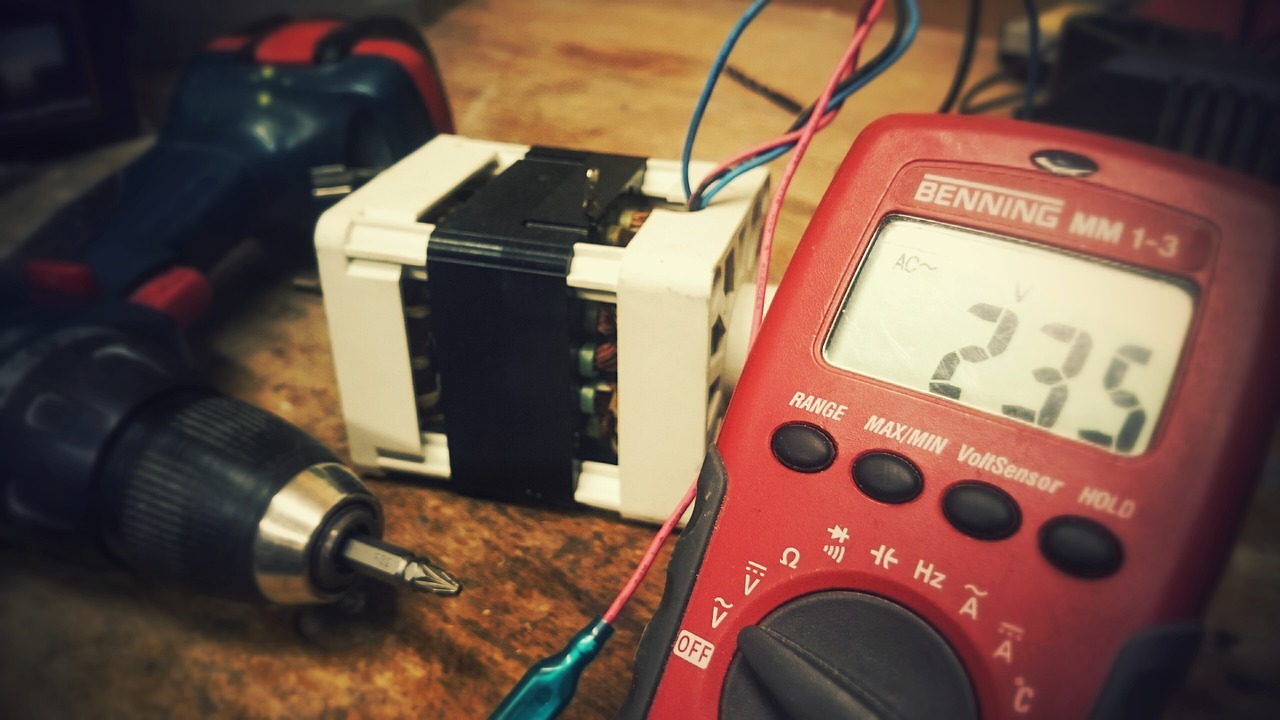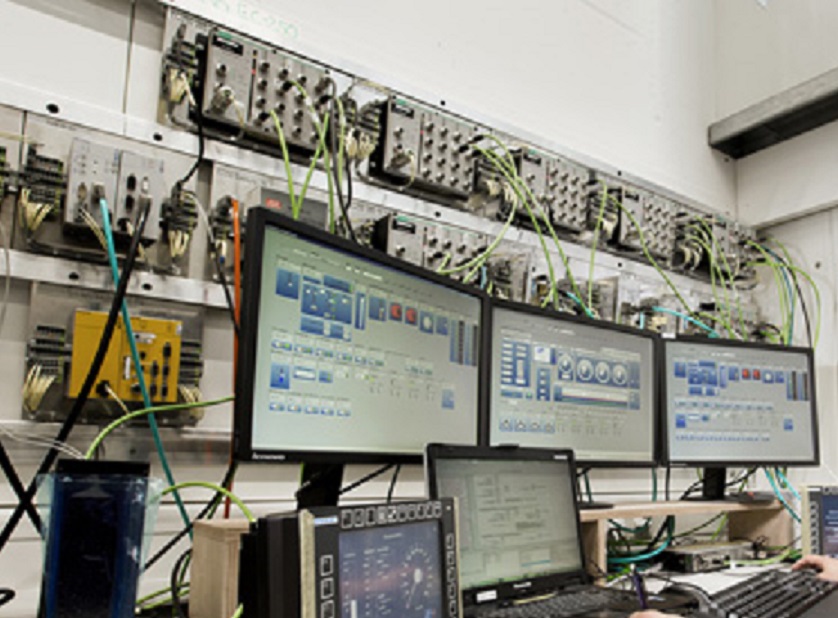Syllabus – Theory
1. Measuring Instruments: Classification of instruments, Deflecting, control and damping torques. Construction and operation of PMMC instrument, deflecting torque and control torque, Voltage and currents Measurements, Extension of range using shunts and multipliers in PMMC – Numerical Problems. Construction and operation of moving iron type instruments-expression for the deflecting torque and control torques. Nominal ratio, turns ratio and transformation ratio of Current Transformer and Potential Transformer. Ratio & phase angle errors, Burdon of Current Transformer. Single phase dynamometer type and Single phase moving iron type-conceptual description only.
2. Measurement of Power and Energy: Single phase dynamo meter wattmeter, expression for deflecting and control torques, LPF wattmeter. Power measurement using three voltmeter and three ammeter methods, Iron loss in a Bar specimen-conceptual description only. Single phase induction type energy meter-driving and braking torques- errors and compensations-Numerical Problems on percentage error.
3. Digital Measurement Techniques: Types of tools used in Digital systems, Digital voltmeters for DC and AC voltage measurement, Measurement of current and resistance by Digital Multimeter. Digital Frequency meter.
4. A.C. Bridges: Measurement of inductance – Anderson bridge. Measurement of capacitance and Dissipation factor – Schering Bridge-Numerical problems. Measurement of Frequency using Wien’s Bridge. Resistance Measurements using Kelvin’s double bridge and loss of charge method-conceptual description only.
5. Transducers and Potentiometer: Classification of transducers, Principle of operation of LVDT and LVDT Applications, Strain gauge and its principle of operation, gauge factor. Principle and operation of D.C Crompton’s potentiometer, standardization, Measurement of unknown resistance, current, voltage.
Syllabus – Practice
- Calibration and Testing of Single-Phase Energy Meter
- Calibration of Dynamometer Power Factor Meter
- Calibration of PMMC ammeter and PMMC voltmeter using Crompton D.C. Potentiometer
- Measurement of Resistance using Kelvin’s double bridge
- Measurement of unknown Inductance using Anderson Bridge
- Calibration of UPF wattmeter by Phantom testing
- Measurement of Iron loss in a bar specimen using a wattmeter
- LVDT characteristics and Calibration
- Resistance strain Gauge-strain measurements and Calibration
- Measurement of Parameters of a choke coil using 3 Voltmeter and 3 Ammeter method
- Measurement of unknown Capacitance by Schering Bridge
- Measurement of 3-phase power with single wattmeter and two current transformers









